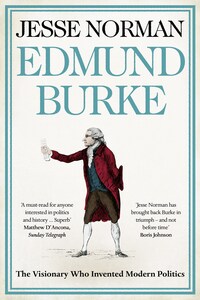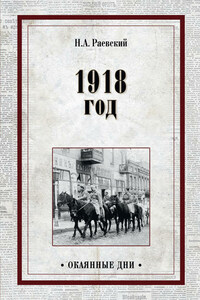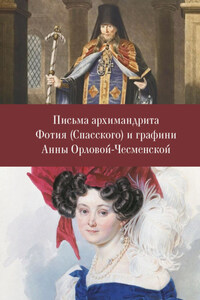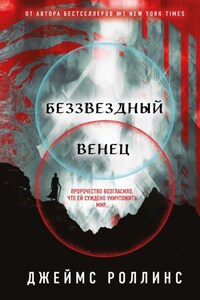1: Gin Lane, by William Hogarth, etching and engraving, published 1 February 1751 © The Trustees of the British Museum
2: Idol-Worship or the way to preferment, anonymous, etching, 1740 © The Trustees of the British Museum
3: A literary party at Sir Joshua Reynolds’s, by D. George Thompson, after James William Edmund Doyle, stipple and line engraving, published by Owen Bailey 1 October 1851 © National Portrait Gallery, London
4: The House of Commons 1793–94, by Karl Anton Hickel, oil on canvas, 1793–1795 © National Portrait Gallery, London
5: Portrait of Charles Watson-Wentworth, 2nd Marquess of Rockingham, after Sir Joshua Reynolds, oil on canvas, feigned oval, circa 1768 © National Portrait Gallery, London
6: Portrait of John Wilkes, by James Watson, after Robert Edge Pine, mezzotint, published 1764 © National Portrait Gallery, London
7: Portrait of Charles James Fox, by Karl Anton Hickel, oil on canvas, 1794 © National Portrait Gallery, London
8: Portrait of Edmund Burke, studio of Sir Joshua Reynolds, oil on canvas, circa 1769 or later © National Portrait Gallery, London
9: Map of India in the time of Clive, in Charles Colbeck (ed.), The Public Schools Historical Atlas, Longmans, Green & Co. (London, 1905)
10: Concerto coalitionale, by James Sayers, etching, published by Thomas Cornell 7 June 1785 © National Portrait Gallery, London
11: The political-banditti assailing the saviour of India, by James Gillray, published by William Holland, hand-coloured etching, published by William Holland 11 May 1786 © The Trustees of the British Museum
12: Portrait of Warren Hastings, by John Henry Robinson, after Lemuel Francis Abbott, engraving, 1832 © Getty Images
13: A View of the Tryal of Warren Hastings Esqr. before the Court of Peers, in Westminster Hall, by Robert Pollard (etching) and Francis Jukes (aquatint), after Edward Dayes, etching and aquatint, published by Robert Pollard 3 January 1789 © Getty Images
14: Smelling out a Rat, by James Gillray, hand-coloured etching, published by Hannah Humphrey 3 December 1790 © The Trustees of the British Museum
15: Portrait of Richard Burke, by James Ward, after Sir Joshua Reynolds, mezzotint, published by James Ward 5 July 1800 © National Portrait Gallery, London
16: Thoughts on a Regicide Peace, by James Sayers, etching, published by Hannah Humphrey 14 October 1796 © National Portrait Gallery, London
17: Promis’d Horrors of the French Invasion, by James Gillray, hand-coloured etching and aquatint, published by Hannah Humphrey 20 October 1796 © National Portrait Gallery, London
18: Portrait of Edmund Burke, by James Barry, oil on canvas, circa 1771, reproduced by kind permission from the Board of Trinity College Dublin, Ireland
EDMUND BURKE IS BOTH the greatest and the most underrated political thinker of the past 300 years. Born in 1730, he came from an extraordinary period in British history, the age of Samuel Johnson, Adam Smith, Edward Gibbon, David Garrick, Joshua Reynolds and David Hume, all of whom were his friends.
Burke was a philosopher-statesman of the first rank, a lifelong campaigner against arbitrary power and injustice, and a fierce champion of fundamental rights and the Anglo-American constitutional tradition. Endlessly lampooned in this, the golden age of caricature, he is nevertheless a figure for the ages. Some understood his greatness at the time: Dr Johnson once remarked that he did not begrudge Burke’s being the first man in the House of Commons, for he would be the first man everywhere.
Burke has been all but ignored in recent years, or reduced to a clutch of standard clichés and soundbites. Yet we cannot understand the defects of the modern world today, or modern politics, without him. He is the first great theorist of political parties and representative government, and the first great modern theorist of totalitarian thought. More widely, he offers a compelling critique of what has become known as liberal individualism, and the idea that human well-being is just a matter of satisfying individual wants. To this he joins a perspective with profound implications for many issues now facing policymakers across the globe, including the rise of religious extremism and terror, the atomization of society and loss of social cohesion, the emergence of the corporate state, challenges to the international rule of law, and the nature of revolution itself.








